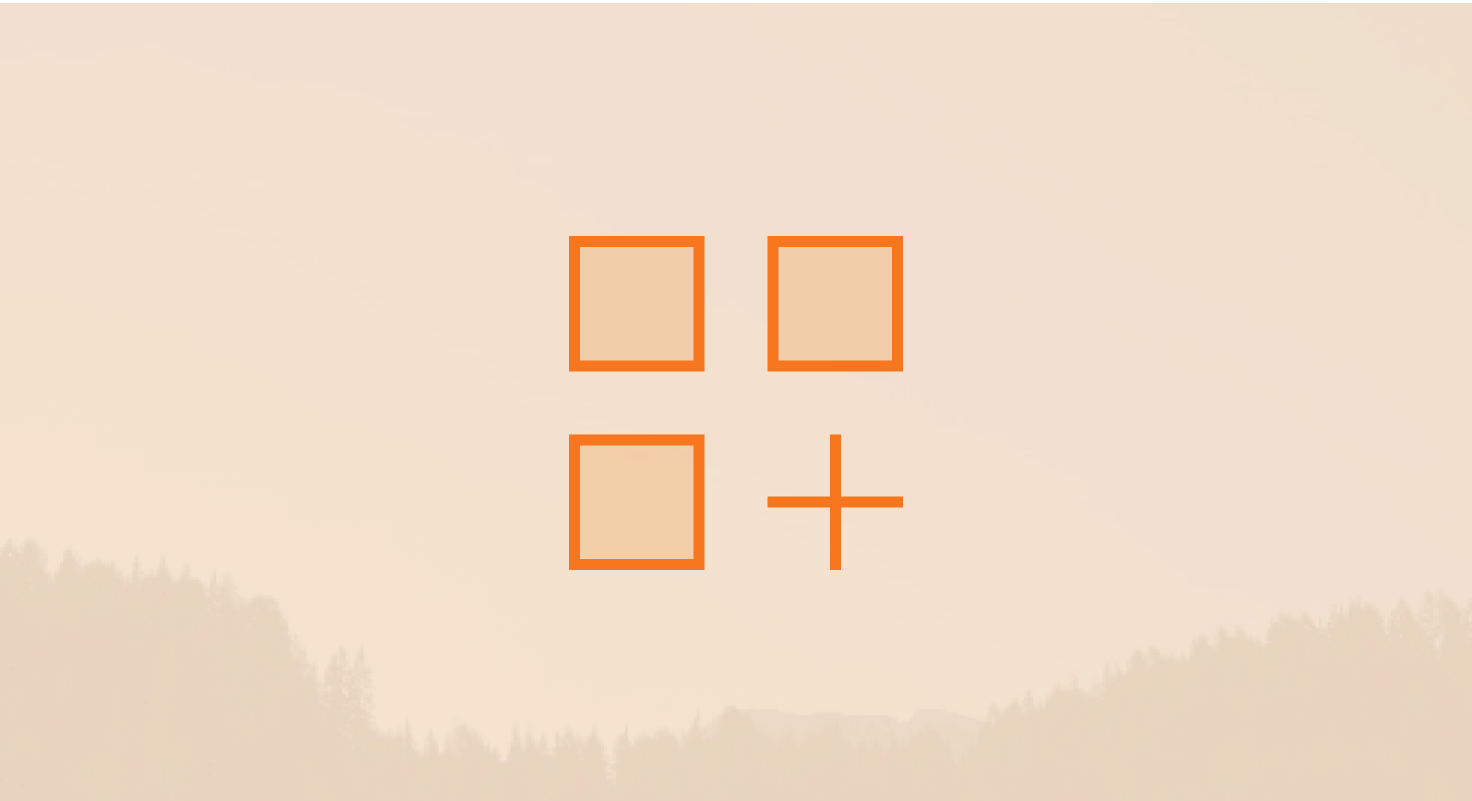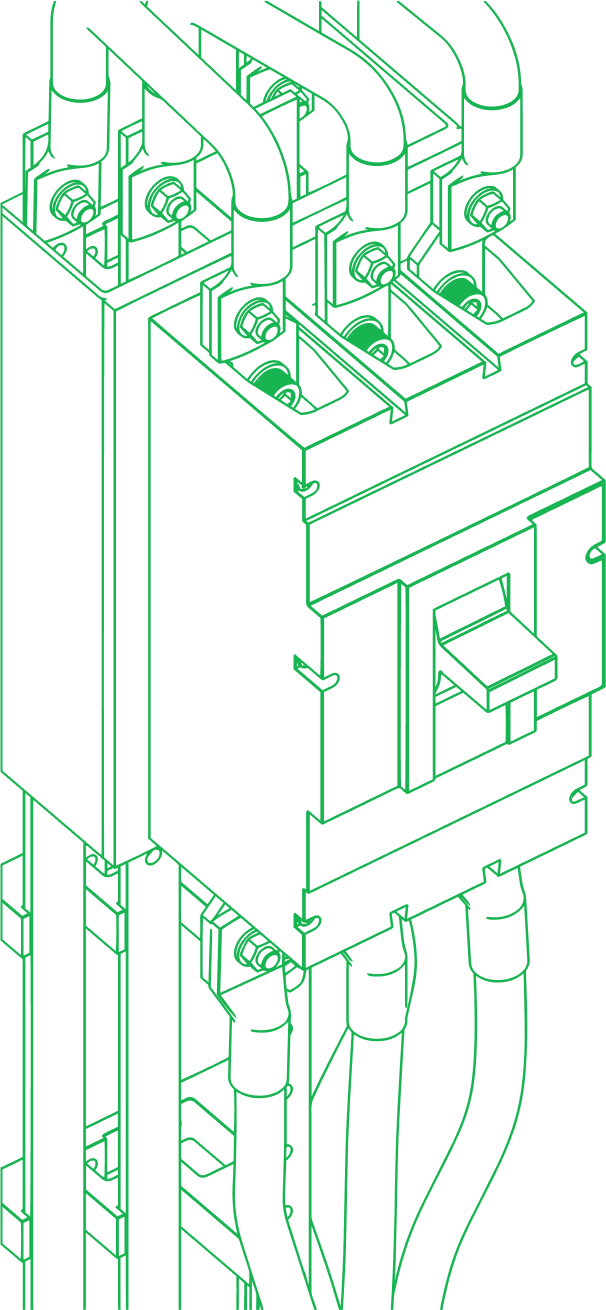Table of Contents
If your follow-up process feels all over the place, you’re not alone. It’s easy to lose track of warm leads, miss follow-ups, or forget to respond entirely. Things fall through the cracks.
HubSpot sales sequences help you clean that up.

Instead of juggling reminders or rewriting emails every time, sequences give your team a repeatable system and the visibility to improve it over time.
TL;DR: What are HubSpot Sales Sequences, and how do they automate your follow-up process?
-
Automate outreach with scheduled emails, calls, LinkedIn touches, and tasks in one repeatable process.
-
Tight CRM integration updates contact status automatically when they reply, book, or bounce.
-
Use inbound, outbound, or event-based sequences to follow up at the right time and in the right channel.
-
Track performance with built-in properties and adjust steps based on engagement data.
Start simple with the HubSpot Starter Customer Platform – Monthly ($20/seat) to get core CRM and automation in place.
(Affiliate link: if you purchase through it, we may earn a commission at no extra cost to you.)
How do HubSpot Sales Sequences work inside your CRM?
A sequence is a series of automated steps like emails, calls, LinkedIn messages, and tasks that roll out over a schedule you control. It helps reps stay consistent with outreach without needing to track everything manually.
Sales sequences come with a paid Sales Hub seat and live under the Automation tab.
Once they’re set up, your team can work from proven templates, follow a consistent process, and see which parts of the sequence are actually performing.
Why should you use HubSpot Sales Sequences instead of other automation tools?
Many CRMs offer simple automation, but HubSpot’s sequences go deeper. They’re tightly integrated with your sales process. If someone replies, books a meeting, or bounces, HubSpot updates their status automatically.
You can even include LinkedIn tasks (if you have Sales Navigator Advanced), and the reporting connects your outreach efforts directly to pipeline.
Learn more about HubSpot onboarding with RevPartners
When should you use inbound, outbound, or event-based HubSpot Sales Sequences?
Inbound Sequences
Use these when someone fills out a form or downloads content. Enroll them quickly and follow up while their interest is high.
Power your inbound forms and follow-ups with HubSpot Marketing Hub
(Affiliate link: if you purchase through it, we may earn a commission at no extra cost to you.)
Outbound Sequences
Great for cold outreach. Use filters like industry, job title, or region to build your target list. Make sure you’re not stacking sequences back-to-back by checking their last enrollment date.
Event Sequences
Before an event, use sequences to book meetings. After the event, follow up with people you met. Then move them into your regular outbound flow.
What Settings Should You Configure in HubSpot Sales Sequences?
Business Days Only
Avoid weekend sends unless your audience expects them. Weekday emails tend to perform better.
Email Threading
Threading keeps emails in the same chain. That works well for warm leads but limits subject line testing. For cold outreach, unthreaded gives you more control.
Send Windows
Stick to business hours. HubSpot will choose optimal times within your window, but avoid broad time ranges that feel robotic.
Unenrollment Rules
Here’s what most teams use:
-
Unenroll if someone replies
-
Unenroll if they book a meeting
-
Keep company-wide unenrollment off unless your strategy requires it
What Are the Limits for Sales Sequences in HubSpot?
Professional Plan
-
5,000 sequences per account
-
500 emails per user per day
Enterprise Plan
-
Same sequence cap
-
1,000 emails per user per day
-
Workflow-based enrollment supported
Remember, these limits include emails already scheduled—not just new ones.
Centralize contacts and activity first with HubSpot Free CRM so every touchpoint is tracked.
(Affiliate link: if you sign up through it, we may earn a commission at no extra cost to you.)
What Contact Properties Help Track Sales Sequence Performance?
HubSpot tracks sequence activity using built-in properties like:
-
Last sequence enrolled
-
Last sequence enrolled date
-
Last sequence ended date
-
Now in sequence (yes/no)
-
Number of sequences enrolled
-
Number of sales activities
These come in handy for reporting, filtering lists, and triggering workflows.
How Do You Build a Sales Sequence Strategy That Works?
Start With the Right Audience
Tailor your sequences based on what matters to each segment. Follow-up emails should look different from cold outreach.
Use More Than Just Email
Better sequences combine channels: emails, calls, LinkedIn touches, and custom tasks.
Include Enough Touchpoints
Expect to reach out 8 to 12 times over a few weeks. Most prospects don’t reply right away. Spread steps out, especially early in the sequence.
Make Every Step Valuable
Generic content won’t get you far. Every touchpoint should offer something relevant, useful, or thoughtful.
Learn more about HubSpot integrations.
How Do You Set Up HubSpot Sales Sequences for Different Scenarios?
Inbound
Use workflows (or smart lists if you’re on Professional) to enroll contacts based on what they do—form submissions, downloads, or page views. Segment based on behavior to get better engagement.
Outbound
Build lists based on your ICP and enroll in small batches. Use naming conventions to track performance across different campaigns.
Events
Set up two sequences: one to drive meetings before the event and another to follow up after. Align these with your lead status stages so they stay in your broader sales motion.
How Do You Write Better Sales Sequence Content?
Start With Templates
Build your templates first. Use personalization tokens for name, job title, and company. Always use the sender’s meeting link, not the template creator’s.
Be Specific With Tasks
Avoid vague tasks like “Call prospect.” Give reps context: “Call to follow up on their LinkedIn post about Q4 planning.”
LinkedIn Touches
If your buyers are active on LinkedIn, include one or two touches using Sales Navigator. Don’t overdo it unless LinkedIn is your primary channel.
Learn more about HubSpot migrations.
How Do You Enroll Contacts into a Sales Sequence in HubSpot?
One-Off
From the contact record, hit the email icon and pick a sequence. This gives you full control.
Bulk Enrollment
Select up to 50 contacts from a view or list. Double-check permissions for reps first.
Workflow Enrollment (Enterprise)
Use workflows to enroll contacts automatically based on properties or actions. Avoid doing this with large cold lists or generic filters.
Remember, a contact can only be in one sequence at a time. Check before you enroll.
When Should You Unenroll Contacts From a Sales Sequence?
Triggers That Remove Contacts Automatically
-
A reply (from any email)
-
A meeting booked
-
A bounce or unsubscribe
-
A lifecycle stage update (if configured)
When to Do It Manually Reps should remove contacts when they’re marked unqualified or move deeper into the funnel. Use the same tools they used to enroll to keep things clean.
How Do You Improve HubSpot Sales Sequence Performance?
Watch Your Sender Score
HubSpot tracks reply rates and bounces. If your score drops, fix your list quality or messaging before deliverability suffers.
Adjust Based on Data
Check your reports weekly. See where replies come in and where engagement falls off. Make small adjustments and test often.
Add Advanced Tools as You Grow
Once your foundation is solid, consider tools that analyze sentiment, call quality, or overall pipeline impact.
What Does Good Sales Sequence Performance Look Like?
Typical Benchmarks
-
Open rate: 27%
-
Click-through rate: 11%
-
Reply rate: 3 to 4%
-
Bounce rate: under 3%
-
Unsubscribe rate: around 1%
For HubSpot Sequences (100+ enrolled)
-
Reply rate: 7 to 13%
-
Sender score: Good or Excellent
LinkedIn Benchmarks
-
InMail open rate: 30%
-
Message click-through rate: 3%
-
Cold outreach reply rate: 12% is strong
How Do You Report on HubSpot Sales Sequences Effectively?
Create dashboards to track:
-
Performance by sequence
-
Performance by rep
-
Pipeline impact
-
Where people drop off
Lead status fields also help organize follow-up:
-
In-Progress/Sequence: 200 to 300 active per rep
-
Connected/Replied: needs manual attention
-
No Reply: review weekly
Make sure there’s a plan for what happens when a sequence ends. Recycle? Disqualify? Move to nurture? Pick one and make it part of your process.
What’s the Bottom Line on Sales Sequences in HubSpot?
You don’t need a huge library of sequences to be effective. A few well-crafted, regularly reviewed ones will do more for your pipeline than dozens that go stale.
Stick with what works. Keep it simple. Keep it consistent. And build from there.
-1.png)


.png)
.png)

